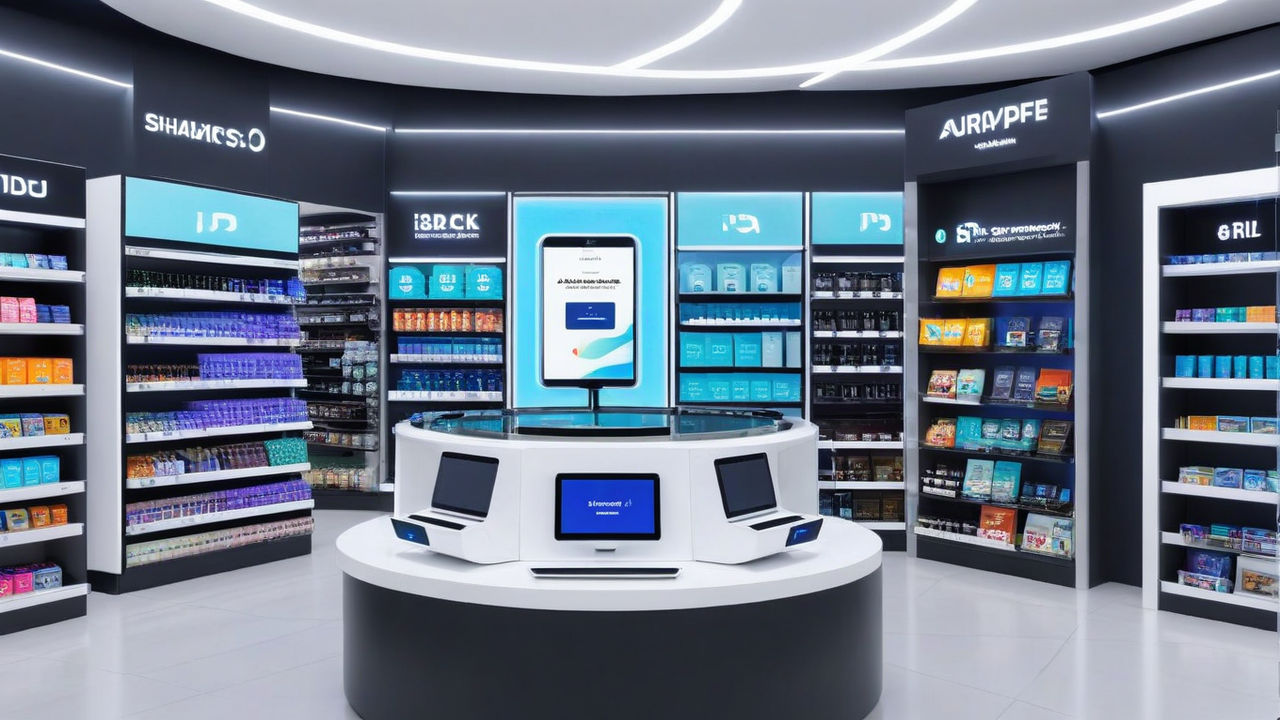Unlock IoT’s Retail Revolution: Transform Customer Experiences with Smart Devices
The Dawn of IoT in Retail Retail has always been about creating memorable customer experiences. With the advent of the Internet of Things (IoT), this landscape is undergoing a massive transformation. Connected devices are now reshaping the retail space, making shopping faster, smarter, and more personalized than ever before. As more retailers adopt IoT technology, the focus shifts towards how these smart devices can elevate customer experiences, streamline operations, and ultimately drive more sales.
In this article, we’ll explore the key ways IoT is revolutionizing retail. By understanding these trends, businesses can stay ahead of the curve and provide their customers with unmatched, tech-driven experiences.
1. Enhancing Customer Experience through Personalization One of the most powerful applications of IoT in retail is its ability to personalize the shopping experience. Smart shelves, RFID tags, and mobile apps provide real-time data, enabling retailers to offer tailored recommendations to each customer. For instance, IoT-connected displays can show customized promotions based on customers’ past purchases, or they can use smart data analysis to predict what shoppers might be looking for next. This kind of dynamic engagement fosters deeper connections with customers, boosting brand loyalty.
Moreover, IoT devices can help retailers create immersive in-store experiences. Augmented reality (AR) fitting rooms, for example, allow customers to try on clothes virtually, while AI-driven personal assistants offer on-the-spot advice. These innovations make shopping not only more enjoyable but also more efficient.
2. Streamlining Operations with IoT-Driven Efficiency Apart from improving customer engagement, IoT devices have a significant impact on backend operations. Smart sensors help monitor inventory levels, ensuring shelves are stocked in real-time. This is especially valuable for retailers that need to manage vast inventories across multiple locations. By using IoT, businesses can implement automated inventory systems that trigger restocking as soon as items run low. This minimizes downtime and prevents stockouts.
Connected devices also improve logistics and supply chain management. With real-time tracking, businesses can monitor the movement of goods, ensuring on-time deliveries. By integrating IoT into the supply chain, retailers can optimize processes, reduce waste, and cut costs. These smart solutions also enable predictive maintenance, ensuring that equipment runs smoothly without unexpected breakdowns.
3. Building a Seamless Omnichannel Experience In today’s competitive retail market, creating a seamless omnichannel experience is crucial. IoT helps bridge the gap between online and offline channels. For example, smart beacons send notifications to customers’ smartphones when they are near specific items in-store, while RFID technology speeds up checkout processes by enabling contactless payments.
Retailers are also using IoT to streamline click-and-collect services, where customers can order items online and pick them up in-store. By connecting various touchpoints, IoT ensures customers receive a consistent, unified experience, no matter how they choose to shop.
4. IoT and Data-Driven Insights: Improving Decision-Making Data has always been a cornerstone of successful retail. IoT enhances this by providing real-time insights into customer behavior, inventory, and operations. Smart devices collect data at every stage of the customer journey, offering valuable information about purchasing patterns, peak shopping times, and preferred products. This helps retailers make more informed decisions, ensuring that they can better meet customer demand.
Moreover, by integrating AI and machine learning into their IoT systems, businesses can predict future trends and optimize their strategies accordingly. These data-driven insights allow for personalized marketing, precise inventory control, and better overall customer satisfaction.
5. Security Considerations for IoT in Retail As with any technology, the implementation of IoT in retail comes with challenges, particularly regarding security. Retailers must ensure that their systems are protected from cyber threats. With IoT devices constantly exchanging data, businesses must invest in robust cybersecurity practices to protect sensitive customer information and maintain trust.
Encryption, multi-factor authentication, and regular software updates are essential components of any secure IoT network. Additionally, implementing a zero-trust model can help retailers monitor and secure access to their systems.
Conclusion: The Future of Retail with IoT The integration of IoT into retail is no longer a futuristic concept; it’s here, and it’s transforming the way businesses engage with customers. By leveraging connected devices, retailers can offer personalized, seamless, and efficient shopping experiences that meet the evolving needs of their customers. From smart shelves to data-driven insights, IoT is revolutionizing every aspect of retail, ensuring businesses can stay competitive in an increasingly digital world.
As the technology continues to evolve, the future of retail will undoubtedly be shaped by IoT. Retailers who embrace this transformation will be well-positioned to thrive, delivering innovative experiences that resonate with today’s tech-savvy consumers.
Discover more from Just-CO
Subscribe to get the latest posts sent to your email.




